Baking Powder Vs Baking Soda-- What's The Difference And Where To Use In Cooking
Baking powder and baking soda are often confused with each other when chosing ingredients for cooking and baking. However, there are subtle differences that set both of them apart.
)
Both baking powder and baking soda are ingredients known as leavening agents, which help in the rising of baked products. Despite having a similar appearance, the two items are not the same. Their applications and chemical composition differ.
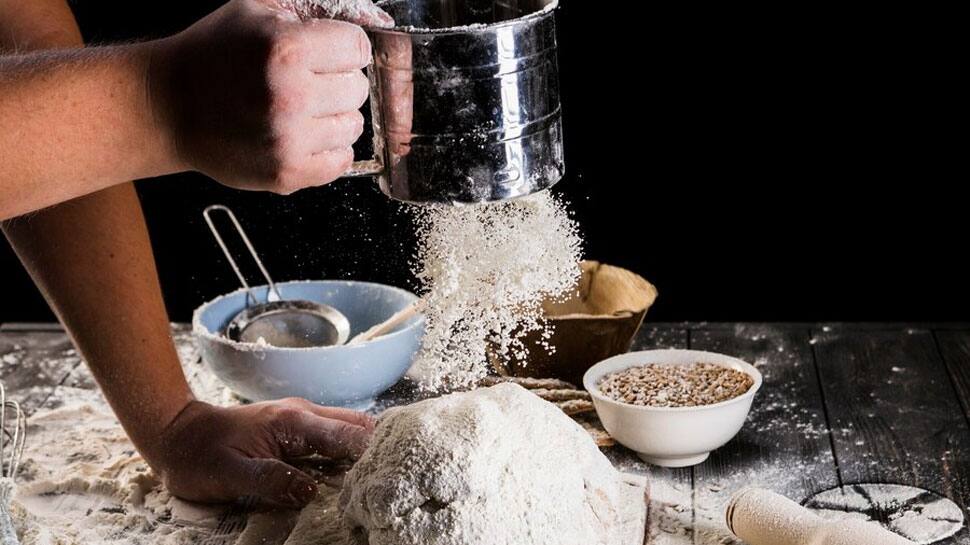
Baking soda is a leavening ingredient used in cakes, muffins, and cookies. Sodium bicarbonate, as it is officially called, baking soda is an alkaline, white, crystalline powder. When baking soda is mixed with a liquid and an acidic substance, it becomes activated. Carbon dioxide is released during activation, which makes baked foods rise and become fluffy and airy.
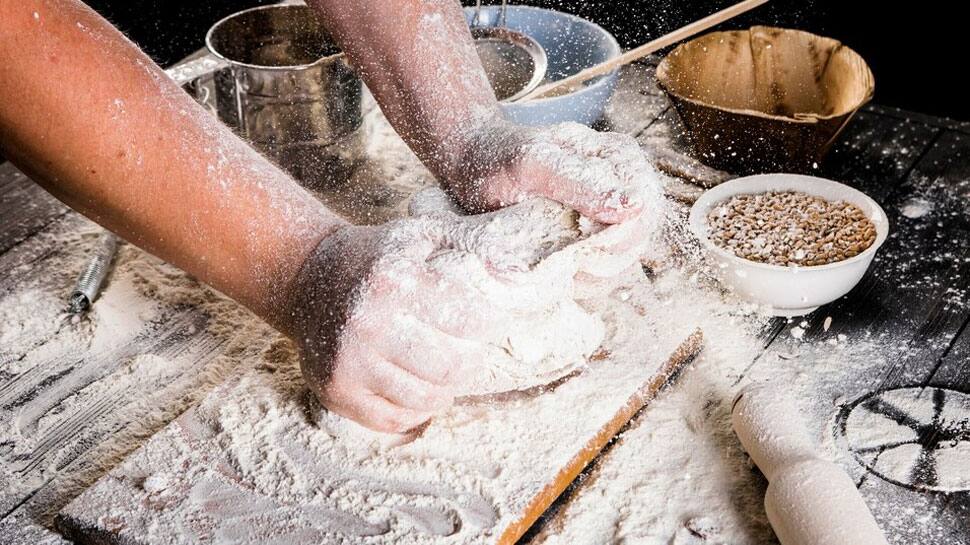
Since baking powder contains both the acid and sodium bicarbonate required for the product to rise, it is a complete leavening agent. It is a concoction of cream of tartar, baking soda, and occasionally cornstarch. When baking powder is mixed with a liquid, its acid and sodium bicarbonate react, releasing carbon dioxide.
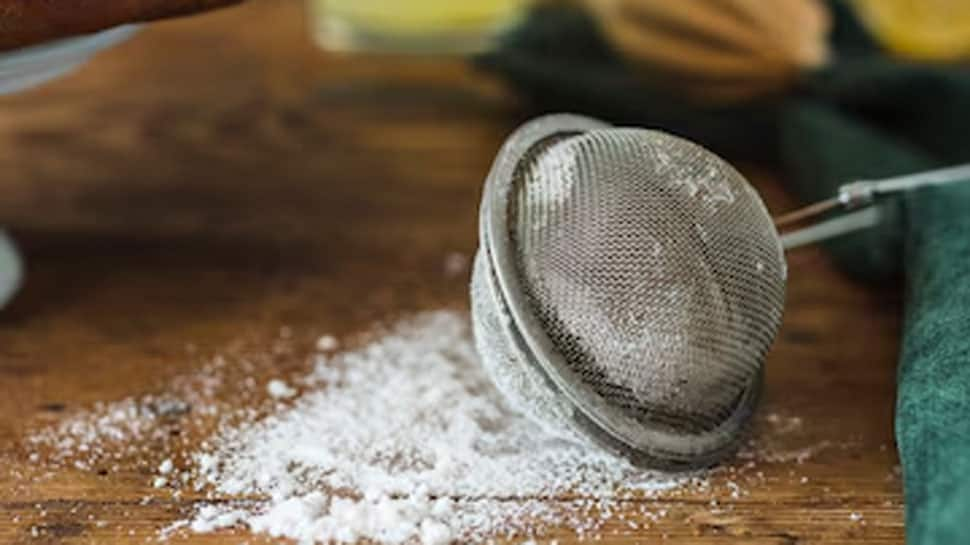
When making recipes that also call for an acidic ingredient like citrus juice, buttermilk, or cream of tartar—baking soda is used. Since baking powder contains the acid required to make carbon dioxide, it is usually used in recipes that do not call for an acidic ingredient.
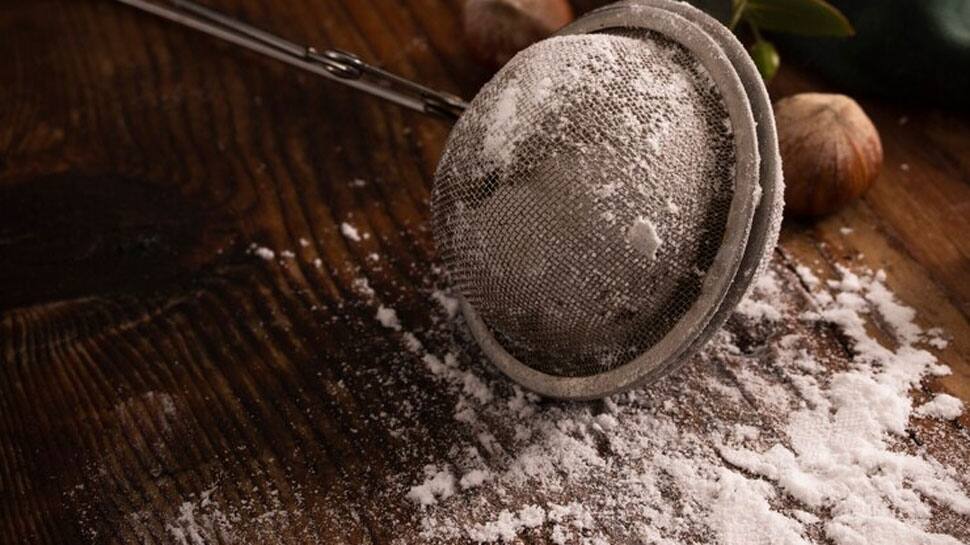
Baking soda is much stronger than baking powder. It is about 3-4x stronger than baking powder.
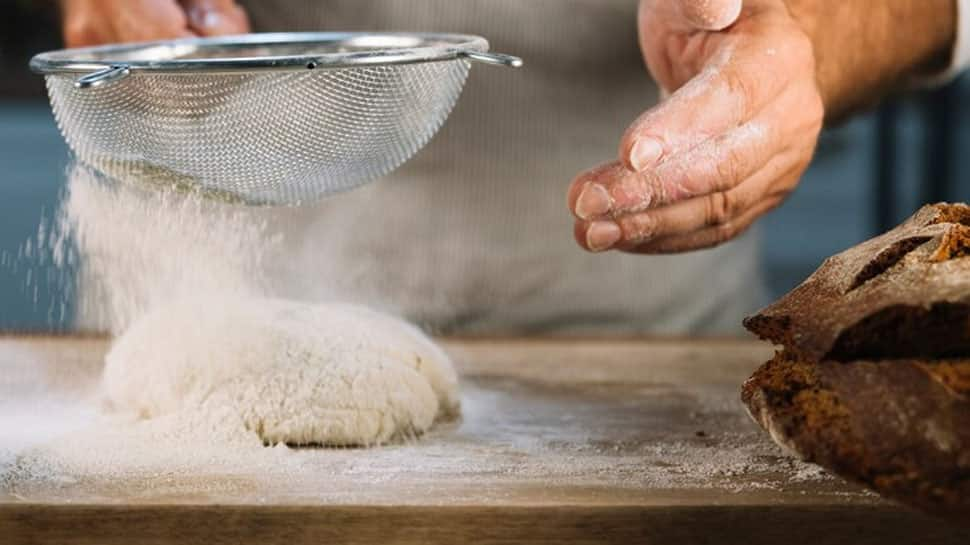
Baking powder or soda is a common leavening ingredient in baked food recipes. You may find that certain recipes require both baking powder and baking soda. Usually, this provides an additional lift when the carbon dioxide produced by baking soda alone is insufficient to leaven the batter.
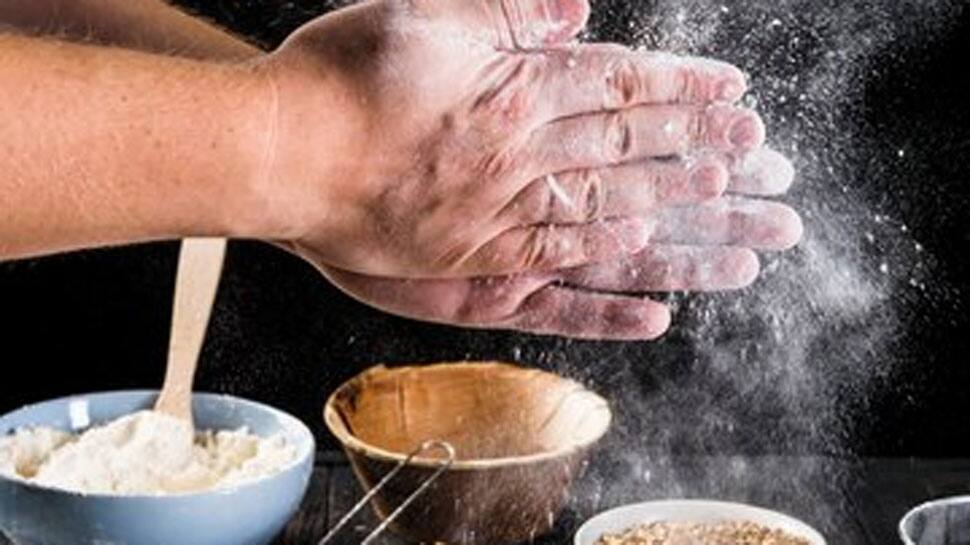
When using baking powder instead of baking soda, keep in mind that you will require around three times the amount of powder than soda to get the same rising ability as baking soda is stronger than baking powder.
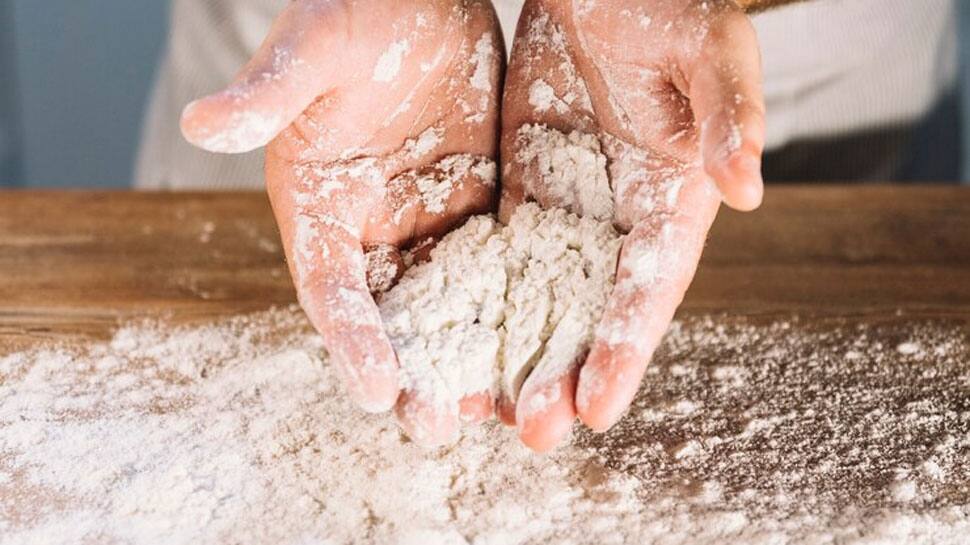
When substituting baking powder for baking soda, you must remember that you are using the right amount as inappropriate substitution may make your recipe a little bitter in taste. Remember, one teaspoon of baking powder is roughly equal to one-fourth of a teaspoon of baking soda.
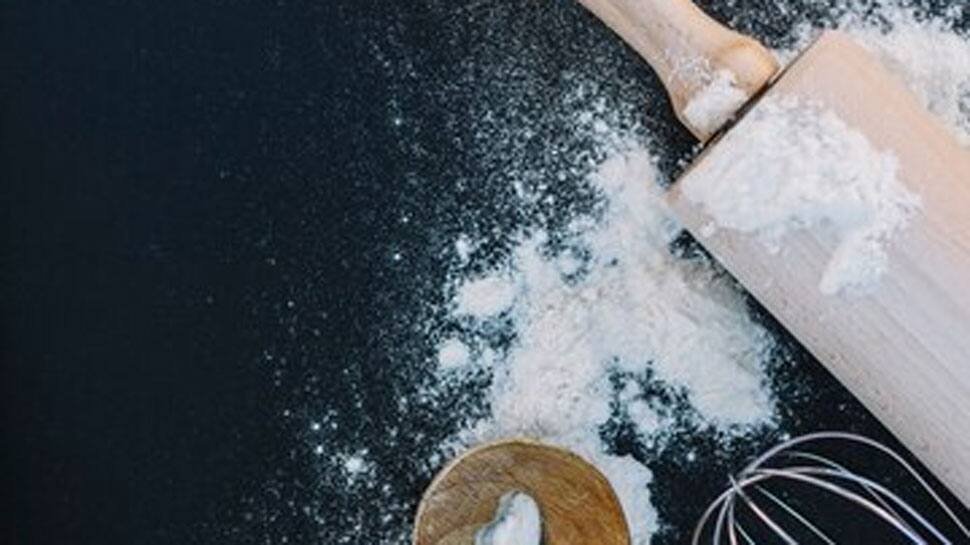
If you are using baking soda instead of baking powder, you'll need to add some acidic ingredients like cream of tartar to the recipe to activate the baking soda as it lacks the acid that baking powder would typically provide.

